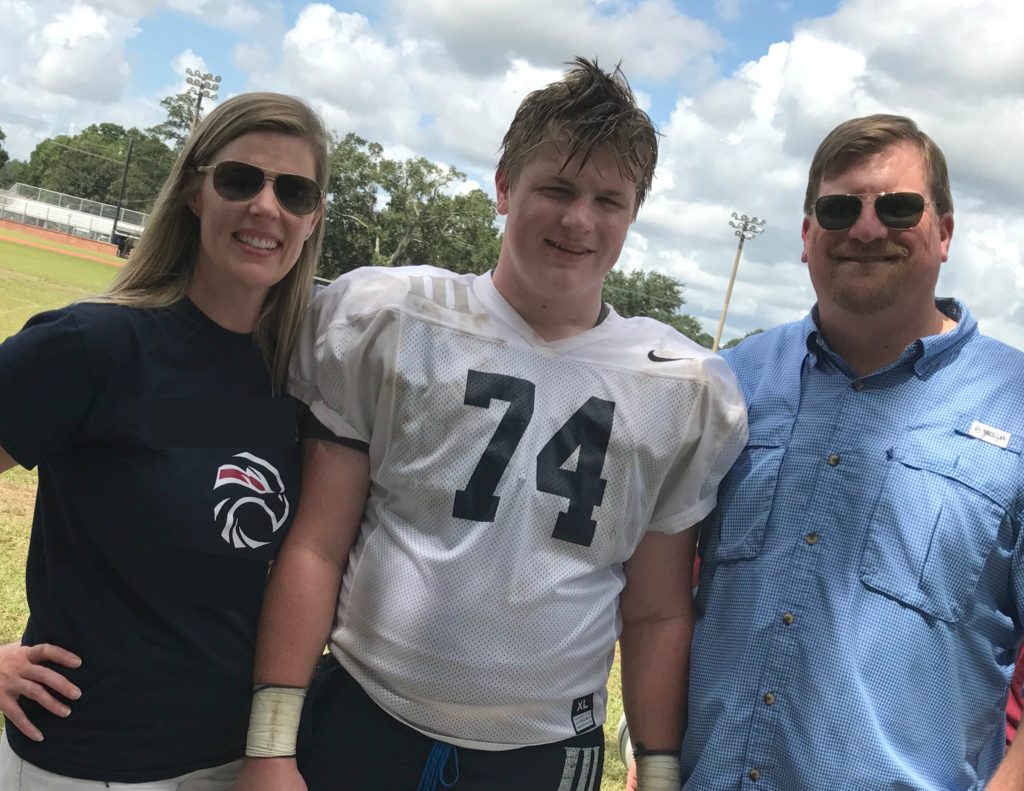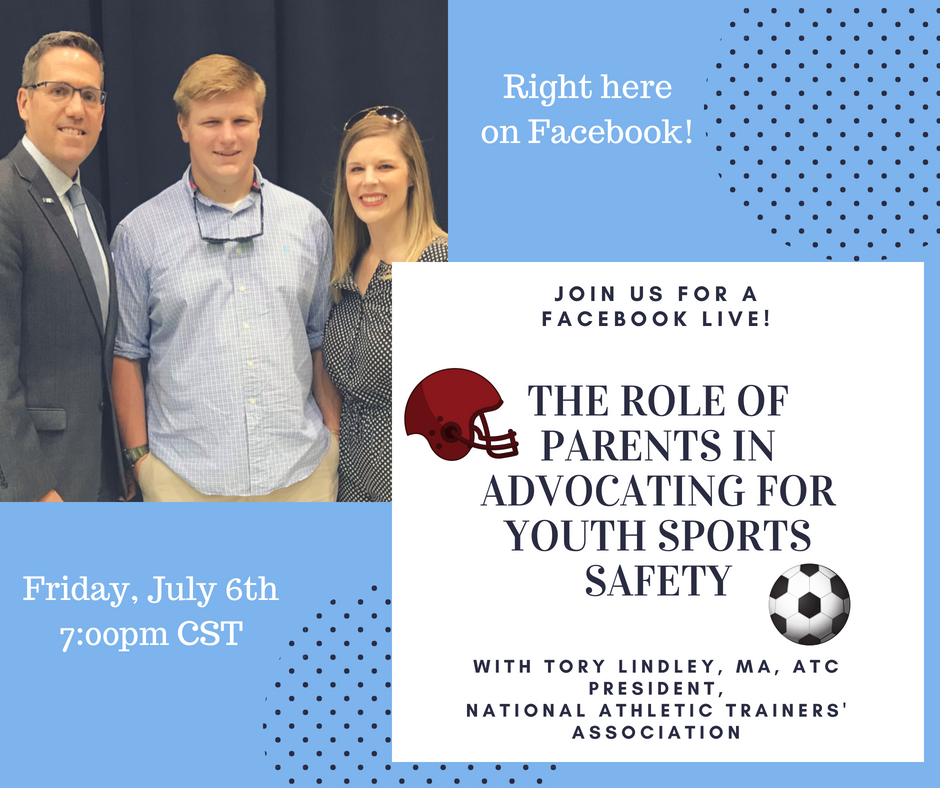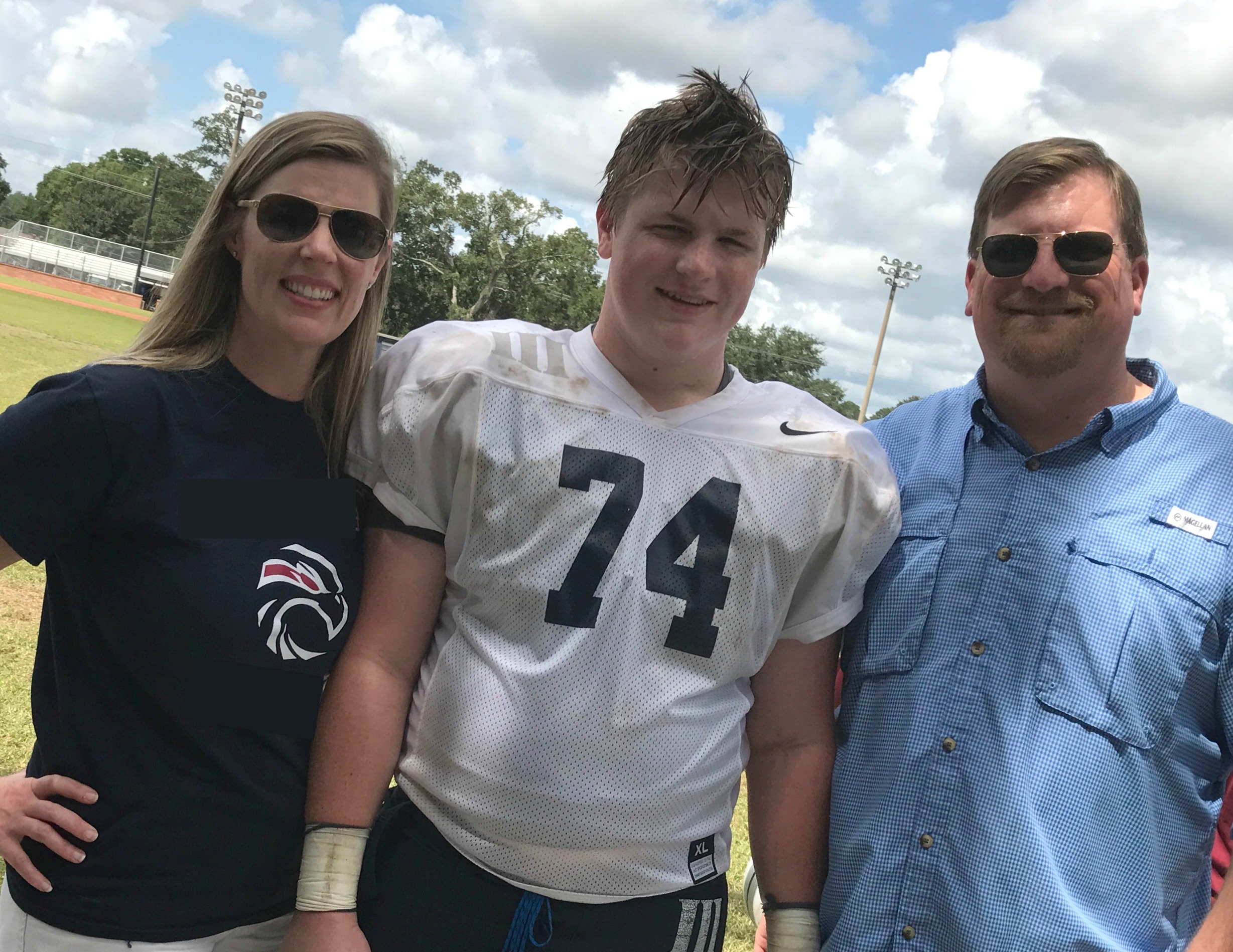This post was written by Jennifer of Experimental Mommy in partnership with the National Athletic Trainers’ Association. All opinions remain 100% mine.
Because of my son’s journey with Rhabdomyolysis and our experience at the At Your Own Risk Prepare to Play Sports Safety and Wellness Camp, I realized just how important youth sports safety is to me and my family. As I reflect on our day at the camp and the incredible benefits to the student athletes in attendance, I wish I had a rewind button to take me back to the months before our son’s injury. I know it sounds strange, but in a way, I am thankful for what happened. It gave us a clear and complete picture of our son and his body. It gave us better knowledge on how to make sure he is hydrated, proper nutrition, injury warning signs, and the amount of rest required so he can continue to play to his full potential.

Empowering Parents
Sports participation plays an essential role in the development of the whole child. Students who participate in a school sport experience greater self-confidence and self- esteem, make greater connections at school, and strengthen peer relationships. In addition, physically active students are less likely to be obese, have up to 40% higher test scores, and are less likely to use drugs or smoke cigarettes. After hearing all the benefits to school sports participation, is your son or daughter ready to play? Are you ready to advocate for youth sports safety? The National Athletic Trainers’ Association (NATA) recommends the following Parent Checklist for Youth Sports Safety to empower parents to ensure their student athlete is participating with reduced risk:
- Determine who will provide medical care during a practice or game. A dedicated health care professional, preferably an AT, should be present. If your child’s school does not provide one, talk to the school or organization about the importance of having one on staff.
- Determine the coach’s training and experience. Education, training, background checks, CPR certification, etc. are regulated by each state.
- Ensure the team is prepared for an emergency. Is there a plan in place? Is there necessary safety equipment available? Does the school rehearse emergency action plans regularly?
- Is the equipment adequate and safe? Does your child have access to the correct helmet, pads, uniforms, and shoes?
- Make sure your child is ready for physical activity. This includes a physical exam, an updated medical history, emergency contact information, and consent to treat information be updated with the school.
- Make it fun. Be a good sport and model good sportsmanship and self-control. Keep it positive, no matter the outcome of the game.
- Know the signs and symptoms and report to your child’s coach if necessary should your son or daughter experience signs of concussion, sudden cardiac arrest, heat illness or dehydration, or overuse injuries.
Empowering Student Athletes
Even armed with this checklist, the balance between coaches and parents can certainly be a tricky one. We have seen how hard our son’s coaches work to get results and we have enjoyed seeing the player and student our son has become due to those efforts. Part of many coaches’ missions, especially on a high school level, is to get students to advocate for themselves when a need or issue arises while the parents keep a respectful distance. It’s a part of life – kids need to learn to speak for themselves, talk with adults, and have sometimes difficult conversations. Part of sports, especially with football, is physical and mental toughness and endurance. That’s an important skill set too, and one that shouldn’t be overlooked. But, how much is too much? Of course, the stigma is there that the parent who bugs the coach will spend the season watching his or her son play bench. Opening the door of the parent/coach/athletic trainer conversation and creating a culture of mutual respect and education can only serve to benefit all parties involved. An athletic trainer and coach that informs parents and mandates his/her players to monitor and report their hydration level, signs of illness or concussion, or other concerns should have a better prepared team in the long run, with fewer injuries or illnesses slowing the momentum of the team.

As the mother of a student athlete, I am grateful for his opportunity to play, the man he is becoming due to the efforts of his coaches, the guidance on his health from his athletic trainer, and the support of organizations like NATA to provide information that all parties can use to benefit every player on every team. And I’m also grateful for a coaching staff that believes the best win of all, more important than any number of points on the board, is a season where all players finish stronger, better, and healthier because of the combined efforts of everyone involved.



Being a grandmother of a high school athlete, I worry about him in this grueling Louisiana heat. This article was very informative – I’ve heard of heat exhaustion but actually having a specific name and severity of it was news to me. I believe parents and this group working together with the coaches can hopefully keep these kids safe from this ever happening again. Unfortunately, these athletes aren’t thinking about how much fluids they’re taking in. It’s very comforting to know that this will be a top priority for these athletes.